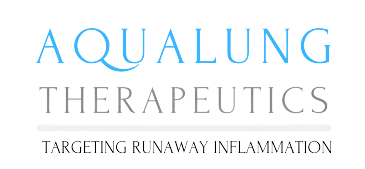
NASH
Nonalcoholic fatty liver disease (NAFLD) is an umbrella term for a range of liver conditions affecting people who drink little to no alcohol. As the name implies, the main characteristic of NAFLD is too much fat stored in liver cells.
NAFLD is increasingly common around the world, especially in Western nations. In the United States, it is the most common form of chronic liver disease, affecting about one-quarter of the population.
Some individuals with NAFLD can develop nonalcoholic steatohepatitis (NASH), an aggressive form of fatty liver disease, which is marked by liver inflammation and may progress to advanced scarring (cirrhosis) and liver failure. This damage is similar to the damage caused by heavy alcohol use.
Symptoms
NAFLD usually causes no signs and symptoms. When it does, they may include:
❖ Fatigue
❖ Pain or discomfort in the upper right abdomen
Possible signs and symptoms of NASH and advanced scarring (cirrhosis) include:
❖ Abdominal swelling (ascites)
❖ Enlarged blood vessels just beneath the skin's surface
❖ Enlarged spleen
❖ Red palms
❖ Yellowing of the skin and eyes (jaundice)
Cause
Experts don't know exactly why some people accumulate fat in the liver while others do not. Similarly, there is limited understanding of why some fatty livers develop inflammation that progresses to cirrhosis.
NAFLD and NASH are both linked to the following:
❖ Overweight or obesity
❖ Insulin resistance, in which your cells don't take up sugar in response to the hormone insulin
❖ High blood sugar (hyperglycemia), indicating prediabetes or type 2 diabetes
❖ High levels of fats, particularly triglycerides, in the blood
These combined health problems appear to promote the deposit of fat in the liver. For some people, this excess fat acts as a toxin to liver cells, causing liver inflammation and NASH, which may lead to a buildup of scar tissue in the liver.
Risk Factors
A wide range of diseases and conditions can increase your risk of NAFLD, including:
❖ High cholesterol
❖ High levels of triglycerides in the blood
❖ Metabolic syndrome
❖ Obesity, particularly when fat is concentrated in the abdomen
❖ Polycystic ovary syndrome
❖ Sleep apnea
❖Type 2 diabetes
❖Underactive thyroid (hypothyroidism)
❖Underactive pituitary gland (hypopituitarism)
NASH is more likely in these groups:
❖ Older people
❖ People with diabetes
❖ People with body fat concentrated in the abdomen
It is difficult to distinguish NAFLD from NASH without further testing.
Treatment
The first line of treatment is usually weight loss through a combination of a healthy diet and exercise. Losing weight addresses the conditions that contribute to NAFLD. Ideally, a loss of 10% of body weight is desirable, but improvement in risk factors can become apparent if you lose even 3% to 5% of your starting weight. Weight-loss surgery is also an option for those who need to lose a great deal of weight.
